India-Canada energy cooperation
Canada has been one of the biggest success stories in oil over the past few years. India should consider financial investments in Canadian energy assets as a means to secure its energy supplies.
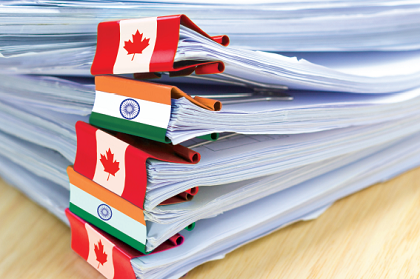 Courtesy: Gateway House & CIGI
Courtesy: Gateway House & CIGI
Canada has been one of the biggest success stories in oil over the past few years. India should consider financial investments in Canadian energy assets as a means to secure its energy supplies.
 Courtesy: Shutterstock
Courtesy: Shutterstock
The government’s recent reforms in the space sector have unleashed the imagination, innovation and potential of Indian space start-ups. Strong support from the private sector and inherent Indian technological aptitude will help them fuel India’s space ambitions and economic growth in the 21st Century.
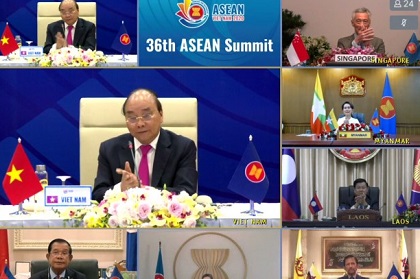 Courtesy: ASEAN
Courtesy: ASEAN
The jubilation displayed by many ASEAN countries on account of the Vietnam’s statement as chair of the 36th ASEAN Summit, referencing events in the South China Sea is belied by a sense of realism and caution. But the fact that more nations are speaking up is a good sign.
 Courtesy: Gateway House
Courtesy: Gateway House
The sister cities of Mumbai and Shanghai have a shared history, population size, and economic significance. On 29 May, a roundtable between the Shanghai Institute of International Studies and Gateway House encouraged discussion on strategies to battle COVID-19, and kick-start city economies after a lockdown. Here are some workable solutions.
 Courtesy: Shutterstock
Courtesy: Shutterstock
India and Latin America share similar demographics and challenges of density in the battle against COVID-19 India currently trails Latin America in the extent and volume of infection by a few weeks. Collaboration and sharing of local best practices can help both regions combat the contagion better.
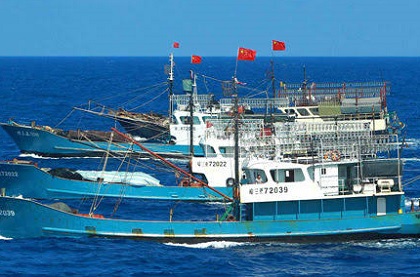 Courtesy: Tasnim News Agency
Courtesy: Tasnim News Agency
The Quad is set to launch a satellite-based maritime security initiative to monitor illegal fishing by the Chinese maritime militia. This is long overdue. China’s ‘little blue men’ are recruited from its fishing communities but are in fact official members of a well networked and controlled defense force engaged in regional grey zone warfare.
 Courtesy: Shutterstock/Gateway House
Courtesy: Shutterstock/Gateway House
China’s escalating actions in the wake of the COVID-19 catastrophe is a calculated strategic diversion and risk. In the Indo-Pacific, tensions between China and the U.S., Australia, India and others are building momentum. As a geopolitical partnership, the relevance of the Quad is now proven. There are clear ways to empower it immediately, and make it a resilient grouping.
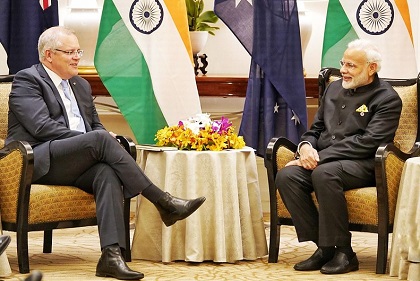 Courtesy: MEA/Flickr
Courtesy: MEA/Flickr
At the 4 June, India-Australia, virtual summit, one of the most critical, among several agreements signed, was the Mutual Logistics Support Agreement (MLSA). India has logistics support agreements with many countries. How is the MLSA with Australia any different? Given the geo-strategic maritime competition with China, this agreement is uniquely significant and could be especially beneficial for the Indian Navy.
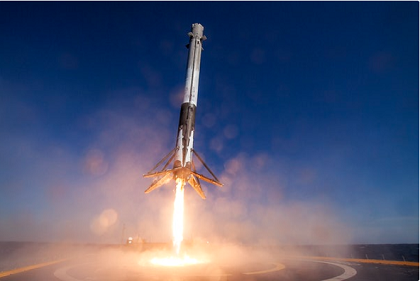 Courtesy: rawpixel
Courtesy: rawpixel
The launch of the U.S.’s Dragon-2 astronaut capsule by SpaceX has a resonance in India too. India’s future heavy-lift launchers, already under development, can be competitive if they are transformed to Two-Stage-To-Orbit and made reusable. The successors to Gaganyaan, Chandrayaan and Mangalyaan, developed in public-private partnerships, can result in a vast domestic launch market for India’s heavy-lift rocket capability.
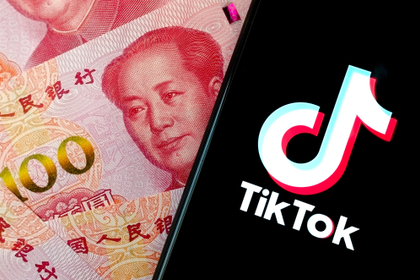 Courtesy: Shutterstock
Courtesy: Shutterstock
With more than 130 and 119 million users respectively, Chinese apps such as UC Browser and TikTok are not merely internet products, but serious content aggregators in India. But the final control of data collected by these apps resides in China, and this creates a grave risk to national security.